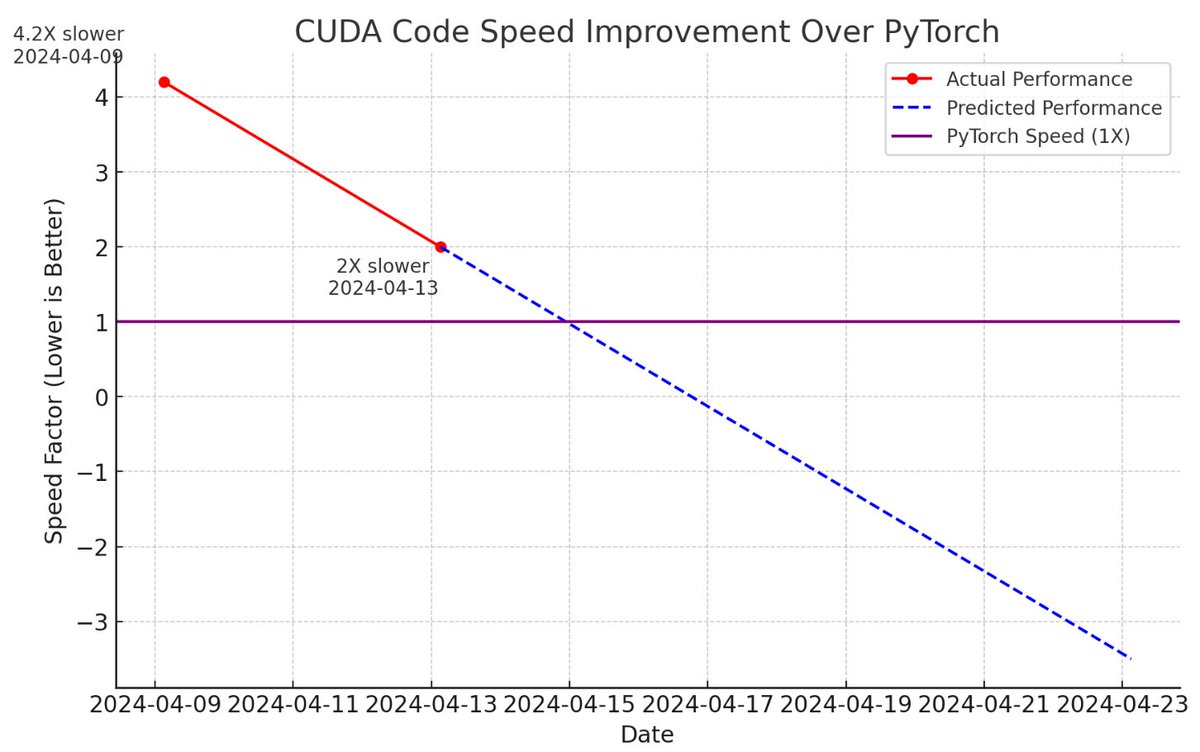
Andrej Karpathy
@karpathy
🧑🍳. Previously Director of AI @ Tesla, founding team @ OpenAI, CS231n/PhD @ Stanford. I like to train large deep neural nets 🧠🤖💥
ID:33836629
https://karpathy.ai 21-04-2009 06:49:15
8,6K Tweets
978,1K Followers
904 Following
Follow People




















